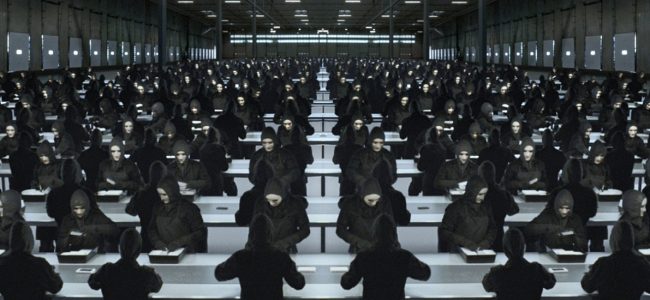
I regard architecture as a sort of sophisticated bullshit – Peter Cook
In its second iteration, the “ArchiFicture” studio will once more speculate on the multiple and different ways in which architecture is being and can be addressed as a fictional discipline, in order to produce original architectural theories, narratives and fictions.
“ArchiFicture” is based on a starting assumption: architecture is really, very much a form of storytelling. Indeed, the relationship between architecture and fiction is old, and can be traced back to the very moment in which architects begun to imbue their projects with narratives, by means of visual and textual representation. So it was, just to make some examples, for modern architects and their relationship with the “machine”; so it was for post-moderns with their use of the past and pop culture; so it was in the late 20th Century with the fictionalization of digital culture; so it is everytime an architect intends to do more than just build.
After having worked with the idea of “future”, this year we will investigate how, from the second half of the 20th Century until today, architecture has been constantly – although not solely – reinvented by means of a small but powerful linguistic device: the prefix “Post-”, imported from the most disparate cultural spheres to question architecture as it is, and then (mis)used in order to invent new stories about what it should be.
Post-!, post-!, post-!…Post-Modern, Post-Human, Post-Critical, Post-Digital, Post-Media, Post-Democracy, Post-Industrial, Post-Truth, Post-Internet, Post-Photography, Post-Structuralism, Post-Capitalism, Post-Colonialism, Post-Accelerationism… these are examples of present and past “Post-narratives”, some of which will be analyzed and explained by the studio: not just to better understand them, but with the precise aim to play against them, reinvent them and recreate them by twisting their meaning, scopes and purposes..
Objectives and Methodology
During the semester, students will be asked to study, understand and reinvent a “post-” narrative of their choice, and then to communicate it by recurring to any kind of available media (comic-books, novels, drawing, collage, digital or post-media tools). In this sense, the research will be based on the course’s topic but its output will be more than a research book (which will still part of the output), stimulating students to come up with a proper speculative theory and project.
The studio will thus result in the production of books and videos, comics, collages, (maybe) performances, drawings or models, using all potential skills for their realization. Of course, essential disciplinary, political, philosophical and cultural positions will be reflected upon in the process.
The studio is taught in English.
Learning Goals
Important learning goals and outcomes for the course beyond its central theme (Understanding and creating architectural fictions):
. Learning to read and express oneself in English.
. Learning to edit a book and to make up a fictional narrative.
. “Learning to Learn”: learning from books, from lecturers and from other students.
. Acquisition of learning strategies and content in the context of the research of architectural theory and history.
. Learning an effective use of the library(s) and archives. Learning important research techniques, also for archival research.
. Writing texts, using pictures, making books, editing videos, and producing effective fictional narratives.
. Use of several presentation techniques in varied contexts and with different media: essay, short presentation with PowerPoint or Keynote, book, comics, website, video and so on.
.Teamwork: we usually work in teams of two students. The topics and presentations are structured in such a way that all teams can benefit from each other and the individual presentations are part of a larger whole or product.
